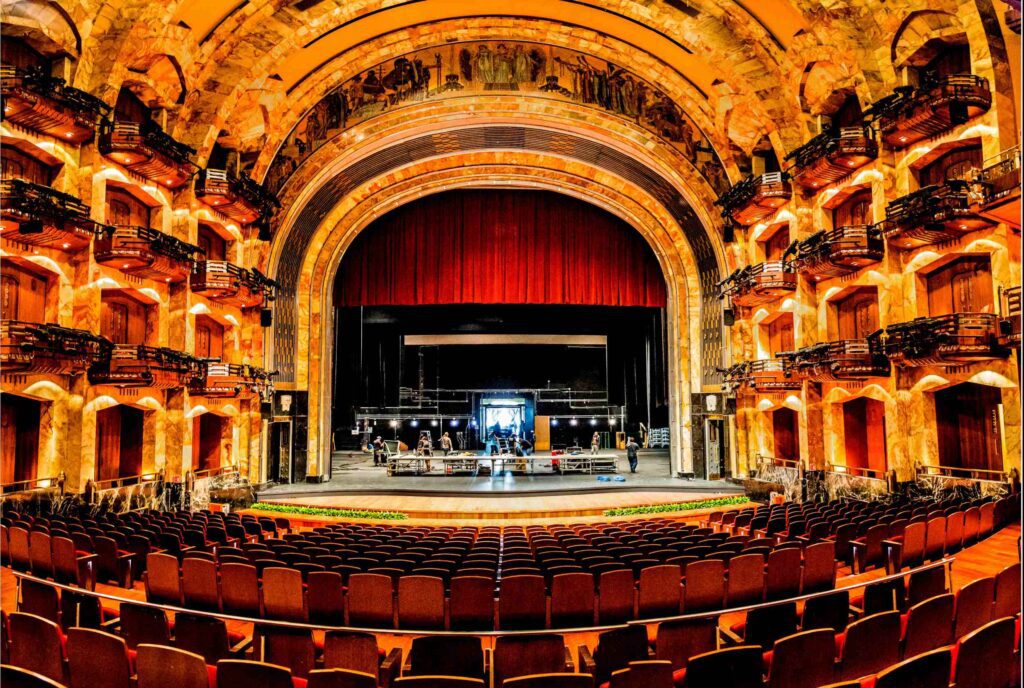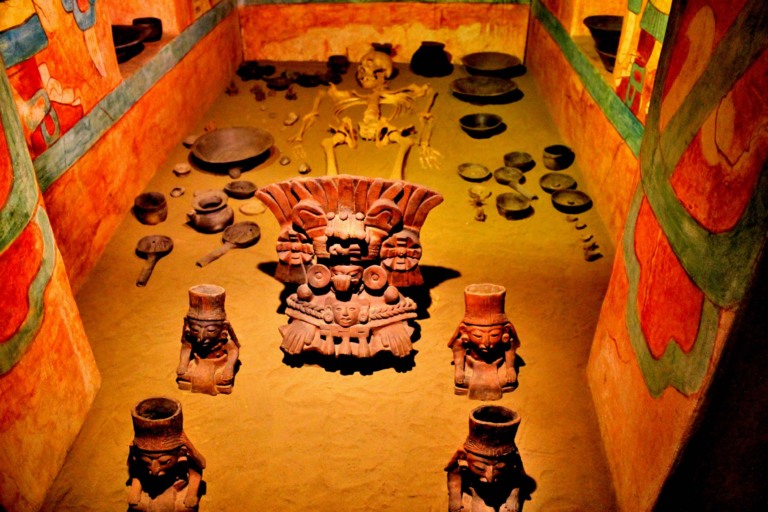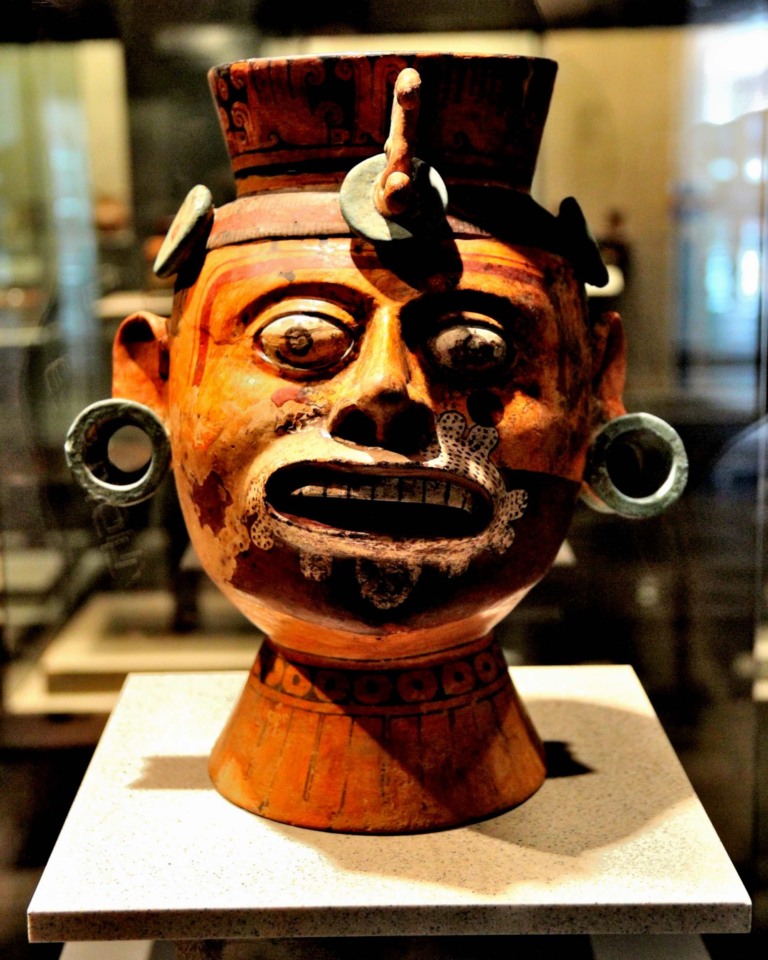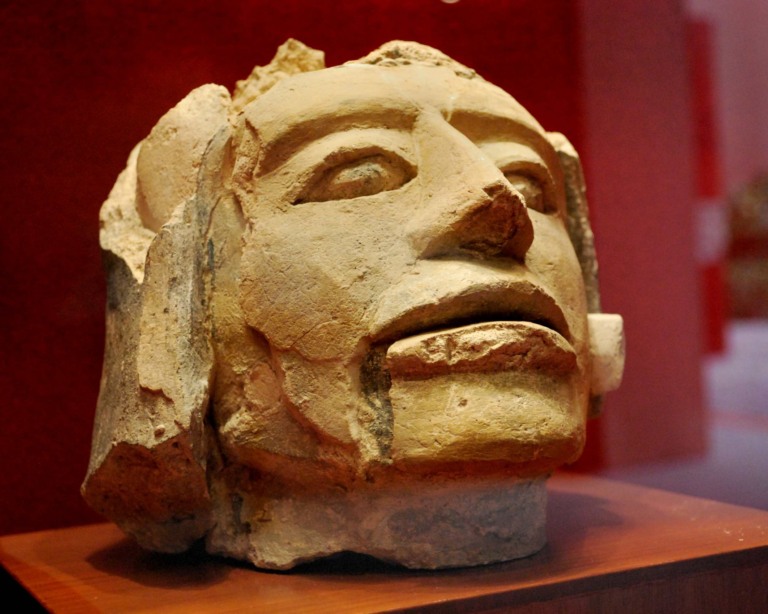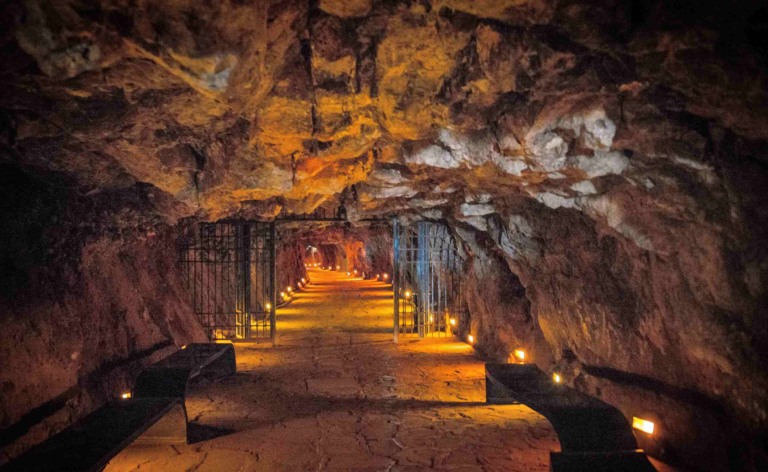Mexico City was built by the Spanish on Tenochtitlan ruins in the 1600s. Nowadays, it’s one of the world’s largest and most crowded cities. It also has the largest cathedral on the continent.
During the 1800s and 1900s, some of Mexico‘s most beautiful public buildings were built. Tenochtitlan was the ancient Aztec capital. There are only five Aztec temples left.
Historic Centre of Mexico City and Xochimilco
The historic center of Mexico City and Xochimilco are the main areas of this article. It was named a UNESCO World Heritage Site in 1987.
If I didn’t focus on the main points, this would be a very long post. Here we go.
Historic center of Mexico city facts
The Palacio de las Belles Artes is one of these places. Xochimilco is 28 km south of Mexico City. At Xochimilco, people built a network of canals and artificial islands.
This shows how hard the Aztecs worked to build a habitat in a harsh place. All of its different buildings were built in the 1600s. It was once a Spanish colony, and it has been well taken care of.
The center of the history of Mexico City and Xochimilco. The Centro Histórico is the most important part of Mexico City.
It’s the most important thing that’s ever happened in the city’s history. Many old buildings, such as the National Palace, the Metropolitan Cathedral, and the Palace of Fine Arts, are on the Zócalo.
People visit Xochimilco to see the floating gardens. It was built on the site of a pre-Columbian town.
Centro Histórico Mexico City
Centro Histórico is the most important part of Mexico City. It’s the most important thing that’s ever happened in the city’s history.
Near the Zócalo are many historic places, such as the National Palace, Metropolitan Cathedral, Palace of Fine Arts, Old Portal de Mercaderes, and Alameda Central Park.
The floating gardens are in Xochimilco, which is south of Mexico City. Around the same time, in 1325 C.E., the old Aztec city of Tenochtitlan and the historic downtown area of Mexico City were both built.
Before the Spanish came, the city grew according to a plan. It was easy to get around square blocks because the streets and canals went in the four cardinal directions. On the island where the city was built, there were four places called calpullis.
These neighborhoods were separated by the main north-south roads that went to Tepeyac and Iztapalapa, the main west-east roads that went to Tacuba, and a dike that went into the lake.
Cuepopan, Atzacualco, Moyotla, and Zoquipan were the names of the calpullis. Each one was split into smaller parts and had a “tecpan,” which is like a district council.
The center of the city and the whole Aztec world was where these roads met. Here were the Templo Mayor, the palaces of the tlatoani, or emperors, and palaces of nobles, like the “House of the Demons” and the “House of the Flowers.”
Telpuchcalli, which taught secular subjects, and Calmecac, which taught priests, were the best-known Aztec schools.
Before the Spaniards came, Moctezuma Ilhuicamina and Ahuizotl built aqueducts and a large dike to the east of the city. Most of this design stayed the same after the Spanish took over. The main person to blame was Alonso Garcia Bravo, who was in charge of rebuilding a lot of the city.
Many of the main streets stayed the same, such as Tenayuca, which is now called Vallejo, Tlacopan, which is now called Mexico Tacuba, and Tepeyac, which is now called the Calzada de los Misterios.
They also kept the most important parts of the city and gave them Christian names, like San Juan Moyotla, Santa Maria Tlaquechiuacan, San Sebastián Atzacualco, and San Pedro Teopan. Most of the Centro Histórico is built on the ruins of the Aztec city.
Facts about Xochimilco
The Aztecs built their empire’s capital on a small island in Lake Texcoco in the Valley of Mexico. The 1600s and 1800s buildings are still in good shape. Xochimilco is 28 km (17 mi) south of Mexico City.
It is on Lake Xochimilco and is 2,274 m (7,461 ft) above sea level. It is in the Valley of Mexico. The Nahuatl words “xochitl” and “milli,” which mean “where the flowers grow,” make up the name “Xochimilco.”
Most people know Xochimilco for its canals, which are all that is left of a big lake and canal system that used to connect most of the towns in the Valley of Mexico.
Xochimilco History
The chinampas are why people go to Xochimilco. It was built on the site of a pre-Columbian town (floating gardens of xochimilco).
Farmers made rafts on the lake by putting together branches and reeds and covering them with mud from the lake bottom.
Then, they grew fruit, vegetables, and flowers on the rafts and sent them through the canal to Tenochtitlan, which is now Mexico City.
The rafts grew roots and became islands over time. Some “floating gardens,” called chinampas, can still be seen near the lake in Xochimilco.
This lake used to be a part of Lake Texcoco, but it is no longer there. Parts of this landscape, which is half natural and half built, have been set up as “ecological reserves.”
When the Spanish took over Mexico, they destroyed Tenochtitlan and started draining the lake that was near it.
On the ruins of the pre-Hispanic city, they built Mexico City, the “city of palaces” and the capital of New Spain.
When Mexico became independent, it kept its capital city in the same place and gave it its own look.
From the 14th to the 19th century, Tenochtitlan and then Mexico City had a major impact on the development of architecture, monumental arts, and the use of space, first in the Aztec Empire and then in New Spain.
El Zócalo Mexico City
The main square in the middle of Mexico City is called Zócalo. The Zocalo is Latin America’s biggest plaza. It can fit as many as 99,000 people.
Before the Spanish came, ceremonies were held at Tenochtitlan more often than anywhere else. The plaza used to be called “Main Square” or “Arms Square,” but its official name is now Plaza de la Constitución (Constitution Square).
In modern Mexico City, the Zócalo is 240 meters by 240 meters, or 57,600 square meters. The Catedral Metropolitana is to the north of the Zócalo, the National Palace is to the east, the buildings of the Federal District are to the south, and the Old Portal de Mercaderes is to the west.
In the northwest corner is the Nacional Monte de Piedad building, and the Templo Mayor site is just out of sight in the northeast.
In the middle, there is a big Mexican flag on a pole. Every day, the flag is raised and lowered in a ceremony. After that, the flag is brought to the National Palace.
The Zócalo is where the government of both the country and the city is based. This makes it a common place for protests, and you can often find protesters there with signs and makeshift camps.
Since the plaza can fit more than 100,000 people, it is often used for large political rallies and other political events.
El Palacio Nacional
The Mexican government is based in the National Palace. It is located on Mexico City’s main square, the Plaza de la Constitución (El Zócalo).
Since the Aztec empire, this is where the people in charge of Mexico have lived. The current palace was built with a lot of parts from Moctezuma II’s palace.
The National Palace is a government building. Its red tezontle facade is more than 200 meters (656 feet) long and covers the whole east side of the Zócalo. Both the Federal Treasury and the National Archives are places where people can work.
Mexico City Federal District
The avenue, Avenida 20 de Noviembre, separates the two Federal District buildings on the south side of the Zócalo in Mexico City.
They are where the people who run Mexico City do their jobs. Since the government of Mexico City and the government of the Federal District are the same, Mexicans use the terms interchangeably.
The building to the west of 20 de Noviembre is the oldest. Since the Conquest, the city government has been in that building.
The one on the east is the newest because it was built in the 20th century. In between the two buildings, there are a number of departments or secretariats that are part of the Federal District.
Catedral Metropolitana
The Metropolitan Cathedral of the Assumption of the Most Blessed Virgin Mary into Heaven is on the north side of the Plaza de la Constitución (Zócalo) in downtown Mexico City.
Close by is the Templo Mayor. That is where the Roman Catholic Archdiocese of Mexico’s main office is. From 1573 to 1813, parts of the cathedral were built around the first church.
It was built right after Tenochtitlan was destroyed by the Spanish. The building was designed by a Spanish architect named Claudio de Arciniega. The Gothic cathedrals in Spain gave him ideas.
It took almost 250 years to finish the Metropolitan Cathedral. It is a mix of styles that were popular during the colonial period: Renaissance, Baroque, and Neoclassical.
The Metropolitan Tabernacle, or Sagrario Metropolitano, is to the right of the main cathedral. Lorenzo Rodriguez built it from 1749 to 1760, at the height of the Baroque period, to hold the archbishop’s papers and clothes.
It was also where parishioners signed up and where the Eucharist was given. The cathedral is a big part of Mexican culture, and it reminds people of the country’s colonial past.
It used to be the most important place of worship in New Spain, and only the most powerful families went there.
It is on the Zócalo, which for a long time has been the center of social and cultural life. Most of these things happened between 1900 and 2000.
Templo Mayor
Just northeast of the Zócalo, you can find the archeological site and museum of Tenochtitlan. The center of the ancient Teocalli was the Templo Mayor, which is now a museum.
In this area, the Teocalli lived. In 1978, when people were digging to put electric wires in the ground, they found the Templo Mayor.
Palacio de Bellas Artes Mexico
One of the most important cultural places in Mexico City is the Palace of Fine Arts, which is also called the Palacio de Bellas Artes.
Some of the most important pieces of music, dance, theater, opera, and writing have been performed there.
Important shows have also shown paintings, sculptures, and photographs. So, people have called the Palacio de Bellas Artes the “Cathedral of Art in Mexico.”
The building is next to the Alameda Central Park on the western side of Mexico City’s historic center. The first National Theater in Mexico was built at the end of the 1800s.
Soon, it was decided to tear it down and build a fancier one in time for the 100th anniversary of the Mexican War of Independence in 1910. In 1904, it was planned and built by an Italian man named Adamo Boari.
But problems with the soft ground and politics before and during the Mexican Revolution slowed down construction, and by 1913, it had stopped for good.
Federico Mariscal, a Mexican architect, went back to work on the building in 1932, and it was finished in 1934. The building is mostly Neoclassical and Art Nouveau on the outside, but mostly Art Deco on the inside.
The many shows and theater performances, as well as the murals by Diego Rivera, Siqueiros, and other artists. This building is also home to the well-known Ballet Folklórico de México.
Old Portal de Mercaderes
The Old Portal de Mercaderes was and still is on the west side of the main plaza, which is also called the Zócalo.
In 1521, when the Spanish ruled Mexico, shops moved to this side of the plaza. Two groups of buildings now take up most of the west side of the square.
These two groups are separated by Madero Street, which goes west from the Zocalo to the Palace of Bellas Artes.
On the north side of Madero, shops are on the first floor and offices are on the second and third floors.
The ground floor is where most of the fine jewelry stores on the south side are. Here is the beginning of “Centro Joyero Zocalo.”
Between Madero and 16 de Septiembre streets, this center is two blocks long and runs west along Palma Street.
Most of the rooms at the Hotel de Ciudad de Mexico and the Hotel Majestic are on the upper floors.
Alameda Central Mexico
In the middle of Mexico City is a public park called Alameda Central. Alameda has the oldest public park in North or South America.
It was built in 1592. It is between Juarez Avenue and Hidalgo Avenue, in the Cuauhtémoc borough, right next to the Palacio de Bellas Artes.
Here is where the Aztecs had their markets. On January 11, 1592, Viceroy Luis de Velasco II told the people of the city to create a public green space.
The name comes from the Spanish word “alamo,” which means “poplar tree.” This place has poplar trees.
The viceroy wanted to improve the west side of the city, which is now where this park is. It has become a symbol of a traditional Mexican park, and “Alameda” is also the name of many other parks in Mexico.
